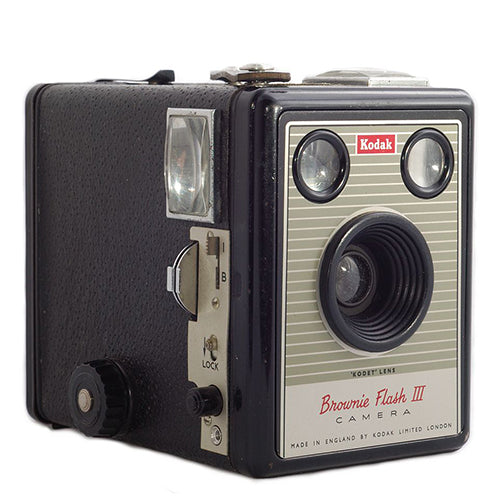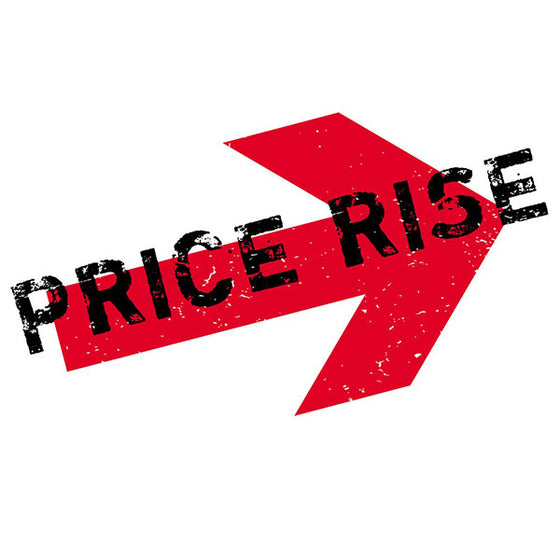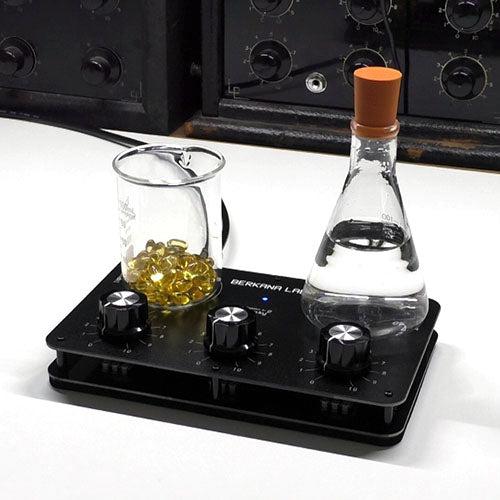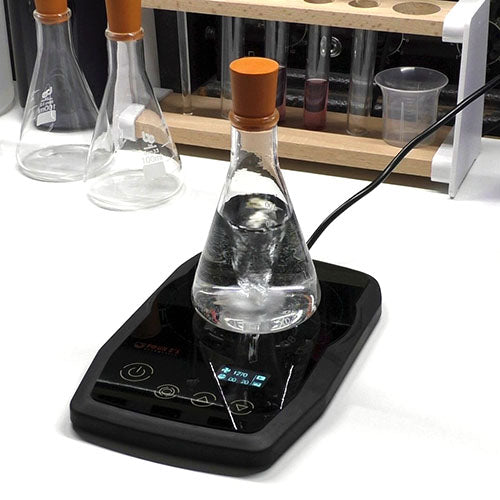September 09, 2018

Within Radionics, photographs have been used as a witness since its inception. There is a long running debate as to whether digital or film photography produces a better witness sample. Personally I use digital images and have never had a problem with them. They are far easier to use, the technology is more widely available considering we live in the 21st century!
Radionic practitioners from the point they started using photography sometime around the 1920's through to the 90's used film because it was the medium available to them. The radionic theory behind the use of film is that the photons bouncing off of the witness somehow impart the energy into the film emulsion, making it a viable energetic signature or witness of the the target, it's as valid a theory as any, but the outcome is still a photographic representation of a target the same as a digital image.
To add to the complexity of film, you require a dark room to develop your own, or send off a reel of film for processing. To mitigate this radionic practitioners moved to Polaroid, instant photography. Modern Polaroids use micro digital printers and overpriced paper. If you are lucky enough to have an original Polaroid you can still obtain the film packs, but the price is high, around £10 GBP for eight images. This is expense by obsolescence.
Since digital images work as a viable photographic witness having been used by thousands of practitioners all over the world, then there is no point troubling yourself with the expense and impracticality of photographic film.
Digital is considered inferior to analogue by purists, you only have to look in audiophile communities to see this. However, those zero's and one's can pack a lot of information at a low density. It is digital communication technology you are using to read this article, and it is digital information that allows you to see an image and recognise it as the object it represents.
With analogue you can vary the amplitude or frequency of a sine wave to impart information or you can use a fixed frequency and amplitude sine wave and pulse it on and off at certain rates which would be considered digital but using an analogue carrier, bare with me because this is leading somewhere.
We consider that the image is just a representation or a mental aid for the radionic practitioner to reinforce that psi space connection for the broadcast. However, there is another angle.
Each image is unique, and is a unique signature. An image can be broken down into individual two dimensional representation of sine waves using Fourier Analysis, professor Phil Moriarty describes the process in this video. Yes professor Moriarty, don't tell Holmes.
The particular peak is the unique signature, showing structured information rather than true randomness, which is how we are able to recognise a person in an image be it digital or film, and the fundamental makeup of that image is the complex information signature.
Each photographic witness we use is an information packet, and that unique information packet is linked to the target we are remotely broadcasting to. If you were able to perform Fourier analysis directly through a video camera of the target with a live feed then it would display similar characteristics around the peak as it does in the digital image under analysis.
In the realm of Radionics we are dealing directly with information, it is far more intrinsic to the building blocks of our universe than matter or frequency, because without information matter or frequency would not exist (Wheeler 1989)
I have likened the use of photographs as a witness compared to a biological sample as dial up internet Vs. Superfast Broadband. This may be true in some cases, but when taking a manifestation protocol into account I have found that a photographic witness can improve the speed of the desired outcome rather than using a biological witness, so they can be used as relative equals.
With all of the above information considered, if you have never used a photograph as a radionic witness, you should try it. You will be surprised at the results.
Reference: Wheeler, A, J (1989) Information, Physics, Quantum: The Search for Links “It from Bit”

November 05, 2024

April 16, 2020

April 16, 2020
